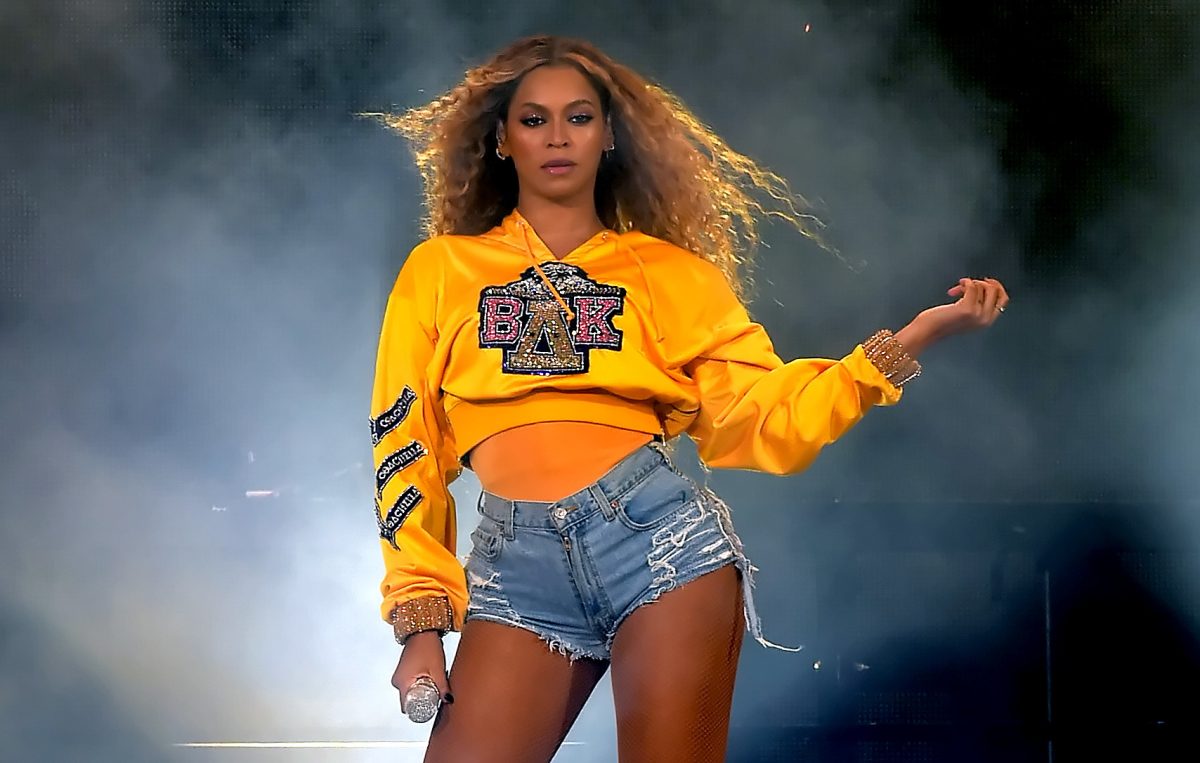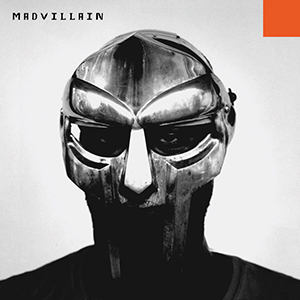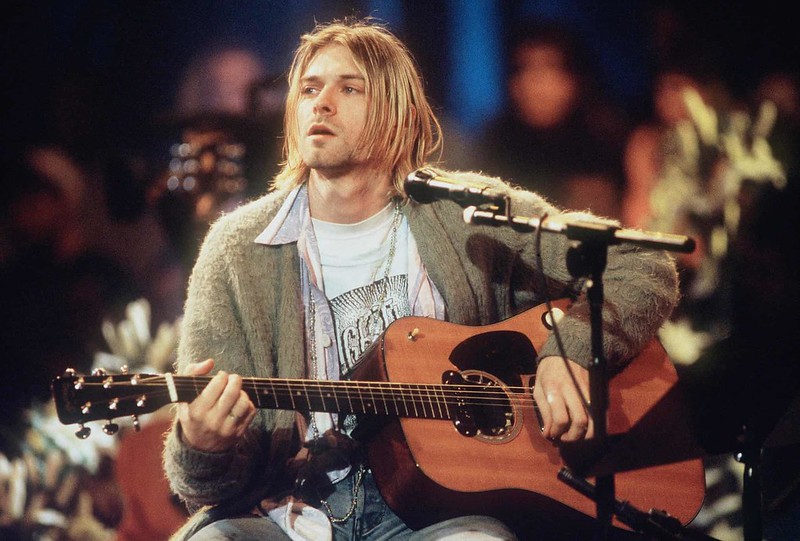
“You can come up here,” Robert Glasper suggested, as he stood up from his keyboard. “If the spirit moves you … you can come on up here.”
Dressed in jeans and a plain, white V-neck shirt, Robert Glasper looked into the blank dance floor in front of the stage. The tables were pushed to the sides of the floor, toward the wall, where couples huddled together, finishing their salads and burgers before the jazz started. Anybody who bought their Robert Glasper Experiment tickets in advance knew that this was the kind of concert you came to dance. Those who came to the Iron Horse looking for a romantic date night of dinner and some jazz might not have known what they were in for.
Mark Colenburg sat down at his drum set and began tapping away a familiar intro of bass and tablas on an electronic drum pad above his kit. Anybody who had seen footage of his performance at the iTunes Festival two weeks ago knew what to expect; and judging by the rampant cheers and whistles that erupted as soon as the beat began, many did. The Robert Glasper Experiment launched into “Packt Like Sardines in a Crushd Tin Box,” the opening track from Radiohead’s “Amnesiac.” The more casual music fans recognized the song moments later, when bassist Derrick Hodge began the famous descending bass line.
As Glasper and his quartet played the melody, they seemed distractedly aware of the empty block of space in front of them. My party and I moved to the empty dance floor, where we found our place for the rest of the night in the shadow of the vocoder-singer, Casey Benjamin, keytar in hand.
I moved a small table toward the front of the room to create more room. With the tiny, first squeak of the table moving on the floor, I noticed Glasper instantly sit up straighter, and play with an intensity and passion that he had not yet shown in the night. Some audience members even claimed that he reacted instantly by playing the exact same pitch as the squeaking table legs on his electric piano. With this subtly noticeable spring to his playing, Glasper took his first solo of the night on the second half of “Packt Like Sardines,” which was one of the few solos he played. Unlike solos in bebop, fusion or rock, Glasper danced through the form of the song, weaving in textures, lead lines and rhythmic chordal ideas without necessarily making a distinction between soloing and comping.
Throughout Glasper’s electric piano solo, Colenburg finished loosening up, his concentration powerfully narrowing in on Glasper’s rhythmic subtleties. His accompaniment to Glasper’s ideas was an astonishing display of not only supporting and responding to Glasper’s rhythm and melodies, but challenging, encouraging and eventually escalating them into a massive conclusion.
By now the dance floor was slowly filling up with young audience members, many of whom I recognized as music students from one of the Five Colleges. As students in the audience finished their beers and made their way down to the floor to involve themselves more in the music, I observed many of the 40- and 50-something locals, whose dates were gradually being derailed by screaming vocoder, unquantized beats, and dissonant saxophone harmonies (from Benjamin’s whammy pedal) grabbing their coats and heading for the door.
Glasper’s concert found its balance in a concentrated base of listeners who were experiencing and embracing a truly unique and groundbreaking style of jazz. It was at this moment, as his solo was climaxing, that the audience was finally separated into two polarized units; those who came to grab a beer and burger with their date and experience whatever live jazz happened to be playing – and those who had been waiting to see this performance, to witness the next step in a century-old genre.
“Packt like Sardines in a Crushd Tin Box” ended by flowing seamlessly into Hodge’s first bass solo, where he took the original bass line melody and built off of it, reharmonizing the basic theme and hitting two, three and four note chords on his five-string bass. As Hodge’s solo finished, the performance flowed through originals from his newest record, “Black Radio,” with many of the beginnings and endings blurred by segueing solos and jams.
Benjamin put down his keytar to pick up his alto saxophone to take a solo about 45 minutes into the set. He engaged his whammy pedal, navigating between various auto-harmonies, ranging from satisfyingly thick octaves and thirds to extremely dissonant flat-fifths and sevenths. In a strikingly similar manner as tenor saxophonist Joshua Redman on some of his electric albums, Benjamin created a solid blend between the volume and intensities of his auto-harmonies and the power of his acoustic melody notes. This rich texture he was creating from his saxophone carried through especially well when Glasper and Hodge dropped out; it became clear that what I had assumed was electric piano or bass throughout the solo was actually just a carefully selected harmony of Benjamin’s alto sax.
After watching four seasons of UMass’ “Solos and Duos” concerts, this was the duo that I had been waiting for. Colenburg and Benjamin, both listening intently, sweat dripping, played through improvised syncopations, tempo changes and furious atonal runs as if they were one supremely talented musician. It became free jazz, but with more patience, attention to detail, presence, and awareness of space, rhythm, emotion, and tonality than I have ever heard in a free duo setting.
Soon after came Colenburg’s drum solo, which the audience was waiting for. Nobody was sure what to expect. Anybody who knows The Robert Glasper Trio or the Robert Glasper Experiment is well aware of the genius of Chris “Daddy” Dave, who is as much of a visionary and groundbreaking artist as he is a virtuoso drummer like none other. After hearing his work on “Black Radio” and previous Glasper tours, fans did not want to hear hip hop drummer Colenburg try to emulate the style of Dave, or anybody else for that matter. His solo, while certainly sharing elements of Dave’s precision-driven unquantized and syncopated grooves, was completely original, intriguing, and profoundly engaging. It also rocked harder than I would have imagined, even at a Glasper event.
Colenburg took what was already his perfected form of stunning technique, chops, and rhythm, but managed to experiment further. With a nod to the L.A. beat scene and its drummers, Colenburg experimented with uneven, unquantized, electronic-styled beats, often giving sudden 32nd note rests of silence at the end of every 4 measures. I heard a reimagining of Bernard Purdy in his fiery shuffles, but when he moved his one-handed shuffle of blindingly fast triplets from his high hat to his snare, I realized we were in new territory. As he continued his roll, he added polyrhythmic elements with his other hand and two feet. By hitting his auxiliary snare with his left hand on the two and four of a 4:4 beat, he established a four-over-three polyrhythm. The polyrhythms flowed through several permutations over the course of his solo, increasing in intensity until a climactic, sudden pause, which was followed by the band coming back in at once.
Glasper achieves an evolution in jazz that reflects rock music’s ever changing and fast evolving sub-genres. Listening to 1950s Bo Diddley recalls jangly guitars and reserved blues influenced vocals, whereas 1990s Nirvana recalls heavily distorted guitars and hard screaming vocals. Both styles are definitive to the rock genre even though there is a huge contrast in sound. Similarly, 1950s Charlie Parker is classic jazz in the middle of the be-bop era, and The Experiment’s sound is still jazz in the approach to improvising with close interaction among band members. But like the sonic evolution evident from Diddley to Nirvana, the finished product of Glasper’s band is a far cry from be-bop. The difference is that critically respected modern rock sounds very little like 1950s rock and roll, whereas there are still many respected modern jazz releases every year that are in the traditional be-bop, or hard-bop style.
There has always been tension between innovators and traditionalists in jazz, but in the opinion of the writers, jazz is the innovation at every step of the way; how the musicians approach interacting with each other, to the popular songs they interpret, and how they embody other influences. Glasper’s performance at the Iron Horse was an opportunity to hear the forefront of jazz.
Craig Holland can be reached at [email protected]












